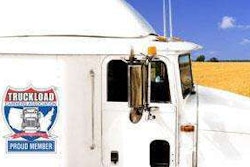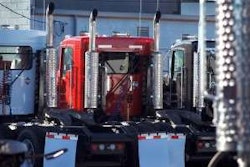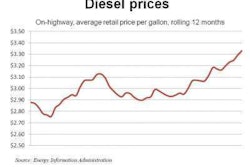Volvo Trucks North America on Thursday, Jan. 6, announced that more and more customers are gaining experience with its selective catalytic reduction-based No Regen technology, which now has been in the North American marketplace for more than a year. The company began filling customer orders in the fall of 2009 with what it describes as the most tested products in company history.
“Volvo was ready with the EPA’10 technology and in production by September 2009,” says Ron Huibers, senior vice president of sales and marketing for Volvo Trucks North America. “As soon as we received our EPA certification last November, we were able to get the new trucks in the hands of our customers. During the past year, our dealers, customers and drivers have become fans of Volvo’s EPA’10 products. We now have thousands in daily operation with customers, providing significant benefits to the industry in terms of emissions reduction, fuel efficiency and overall productivity.”
Volvo’s U.S. Environmental Protection Agency 2010-compliant solution consists of its D11, D13 and D16 engines coupled with SCR exhaust aftertreatment technology. Orders for Class 8 trucks equipped with EPA’10-certified Volvo Group engines have surpassed the 25,000 mark, the company says.
SCR works by injecting diesel exhaust fluid into the exhaust stream as required. DEF is a mix of two-thirds water and one-third urea, a nitrogen-containing compound. DEF works with the heat of the exhaust and a catalyst to convert NOx into nitrogen and water vapor. “Using aftertreatment – removing the targeted oxides of nitrogen or NOx downstream rather than in-cylinder – allows the engine to be retuned for maximum fuel efficiency,” says Ed Saxman, Volvo’s powertrain product manager.











